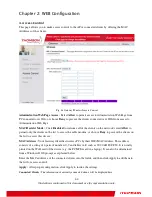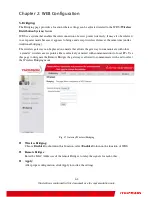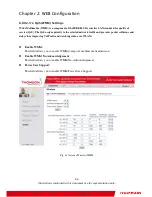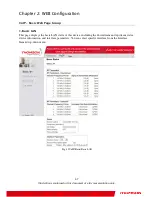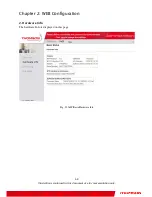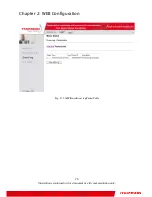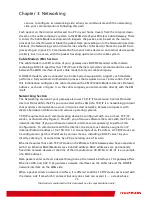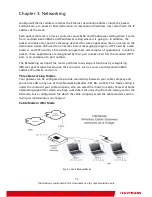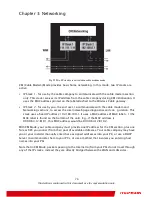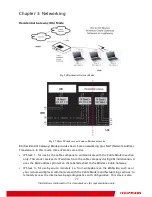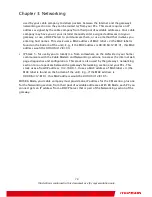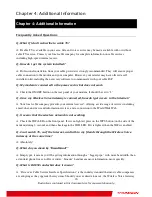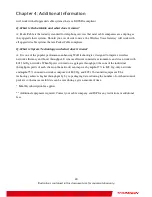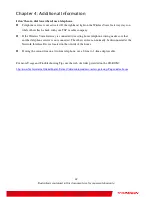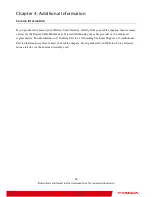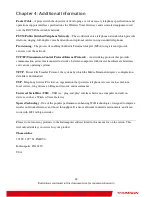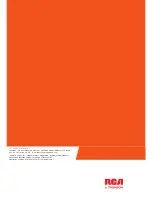
Chapter 3: Networking
Illustrations contained in this document are for representation only.
78
used by your cable company to deliver packets between the Internet and the gateway’s
networking section so they can be routed to/from your PCs. This stack requires an IP
address assigned by the cable company from their pool of available addresses. Your cable
company may have you or your installer manually enter assigned addresses into your
gateway, or use a DHCP Server to communicate them, or use a method that involves you
entering host names. This stack uses a MAC address of MAC label + 2 (the MAC label is
found on the bottom of the unit). E.g., if the MAC address is 00:90:64:12:B1:91, this MAC
address would be 00:90:64:12:B1:93.
•
IP Stack 5 - for use by you to locally (i.e. from somewhere on the LAN side in your home)
communicate with the Cable Modem and Networking sections, to access the internal web
page diagnostics and configuration. This stack is also used by the gateway’s networking
section to route packets between the gateway’s Networking section and your PCs. This
stack uses a fixed IP address: 192.168.0.1. It uses a MAC address of MAC label + 4 (the
MAC label is found on the bottom of the unit). E.g., if the MAC address is
00:90:64:12:B1:91, this MAC address would be 00:90:64:12:B1:95.
With RG Mode, your cable company must provide one IP address for the CM section, plus one
for the Networking section, from their pool of available addresses. With RG Mode, each PC you
connect gets an IP address from a DHCP Server that is part of the Networking section of the
gateway.

